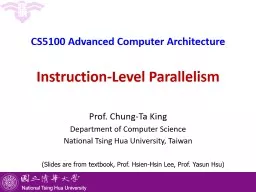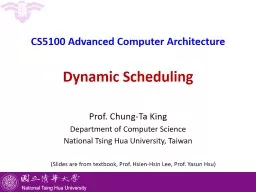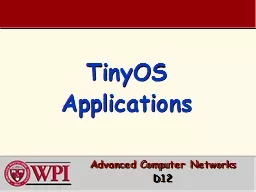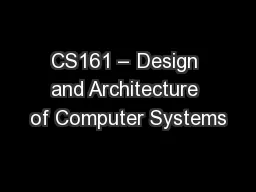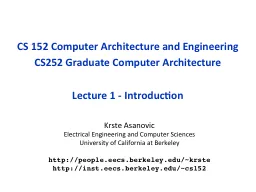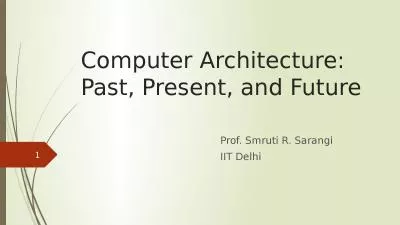PPT-CS5100 Advanced Computer Architecture
Author : karlyn-bohler | Published Date : 2018-02-27
InstructionLevel Parallelism Prof ChungTa King Department of Computer Science National Tsing Hua University Taiwan Slides are from textbook Prof HsienHsin Lee Prof
Presentation Embed Code
Download Presentation
Download Presentation The PPT/PDF document "CS5100 Advanced Computer Architecture" is the property of its rightful owner. Permission is granted to download and print the materials on this website for personal, non-commercial use only, and to display it on your personal computer provided you do not modify the materials and that you retain all copyright notices contained in the materials. By downloading content from our website, you accept the terms of this agreement.
CS5100 Advanced Computer Architecture: Transcript
Download Rules Of Document
"CS5100 Advanced Computer Architecture"The content belongs to its owner. You may download and print it for personal use, without modification, and keep all copyright notices. By downloading, you agree to these terms.
Related Documents

